DOG TRAINING OFFERED IN-PERSON AND ONLINEOur dog training services are delivered in almost any format that meets your needs. We have GROUP CLASSES at our indoor and outdoor facilities on our farm, ONLINE LIVE STREAMING classes, and SELF-PACED VIDEO-BASED training through our Online Dog Training Course. Our PRIVATE TRAININGS can be done in-home, outside, in public dog-friendly locations, at our facility on our farm, online via phone or video conferencing and through email. |
If your dog is doing well at home with very few distractions, it is time to start practicing in new areas. Do not expect your dog to perform all cues under any circumstances as well as he does at home until you have practiced in a variety of situations.
Remember: dogs do not generalize well, so he might not understand what you are asking of him if you are in a new situation. Do not
assume he is simply being stubborn.
Gradually add distractions. If another dog is the most distracting thing to your dog, do not expect her to respond to you with another dog nearby until you have worked through other lesser distractions first.
Remember some distractions are objects, but not all. Consider distractions for your dog. Here's a list of some, what others can you think of?
- Smells
- Sounds
- Adults
- Children
- Other dogs
- Bunnies
- Squirrels
- Cats
- Other animals
- Trucks
- Cars
- Motorcycles
- Bicycles
- Wind
- Grass
- Bushes
- Trees
- Fire hydrants
- Trash cans
- Poop – dog, goose, deer, bunny, etc.
- Road kill / dead animals
- Food (picnic areas, near trash cans, etc.)
- Something NEW in the environment – something that was not there previously
- Halloween, Christmas or other holiday decorations
- People dressed differently – heavy winter coats, hats, etc.
- Snow
- Rain
Make a list of as many distractions you can think of for your dog. Some of these things might not be a distraction for your dog.
Once you have your list, then rate all of these distractions from the least distracting to the most distracting.
Label them with “E” for easy, meaning you can easily re-direct your dog’s attention away from these items; or, “M” for moderate, meaning you have more difficulty re-directing your dog away from these distractions; or, “D” for difficult, meaning you are unable or have a very difficult time re-directing your dog from these distractions.
Remember, when labeling distractions, the same distraction can be E, M or D depending on the situation. For example, a bunny sitting perfectly still might be an easier distraction than a bunny running away. A person talking to your dog might be a more difficult distraction than a person ignoring your dog. Another dog from 30 feet away might be an easier distraction than a dog 3 feet away.
You should start by working around the “E” (easy) distractions first. Hold off on the most distracting items for now. Only move to the next distraction level once your dog is doing well with the current distraction level. Continue to work on all prior levels as well.
As you increase to the next distraction level, make it easier. For example, if your dog will come right away at least 8 of 10 times at an easy distraction from 20 feet away, decrease the distance to 5 or 10 feet when you move on to the moderate level.
If your dog is not responding to you, back up to the prior distraction level and work more before trying the distraction again. Also, consider finding a higher value reward. The reward that worked at the easy level might not be rewarding enough with moderate or difficult distractions.
Our goal is to positively impact the lives of as many dogs and their families as we can, in part through our extensive library of video, infographics and text articles. |
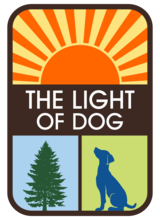
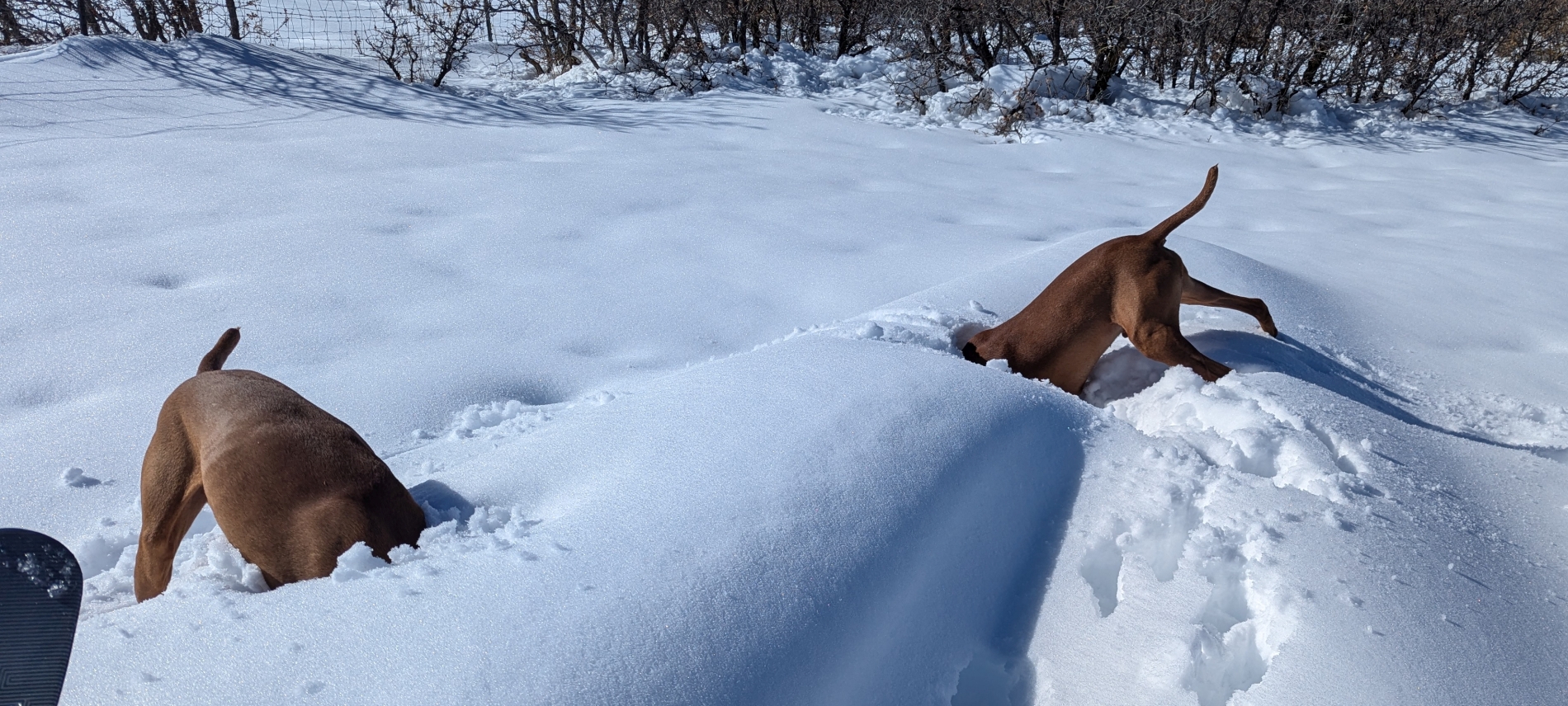
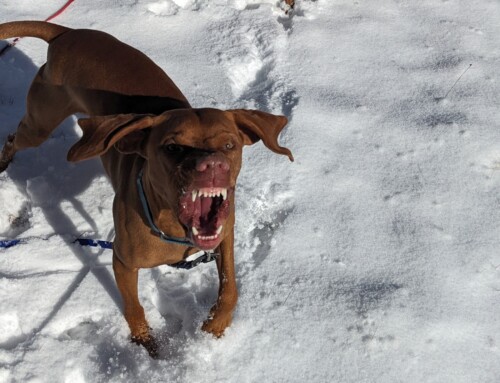
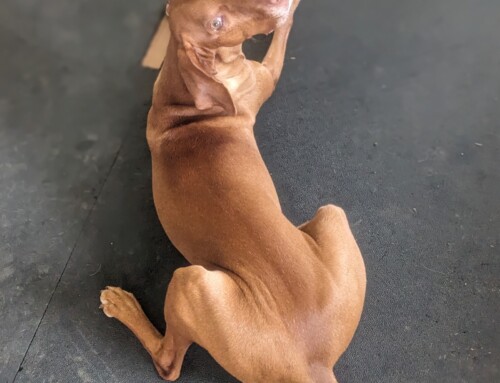
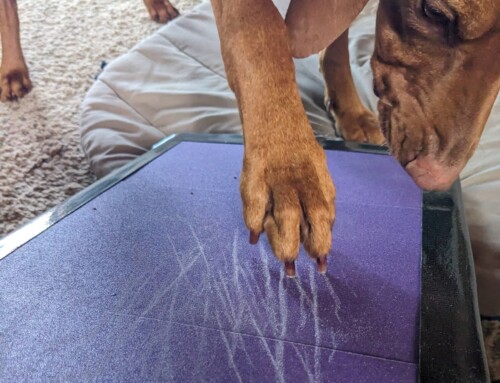
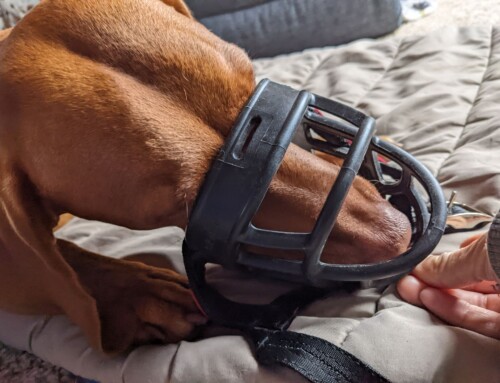
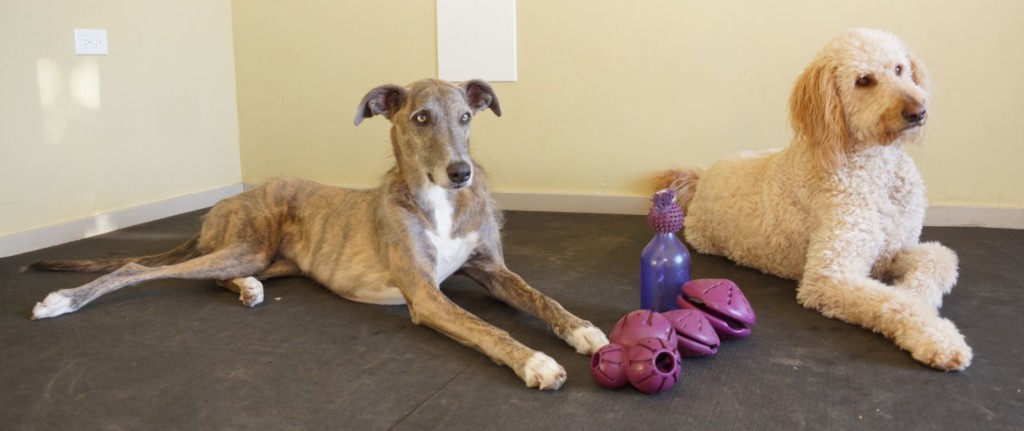
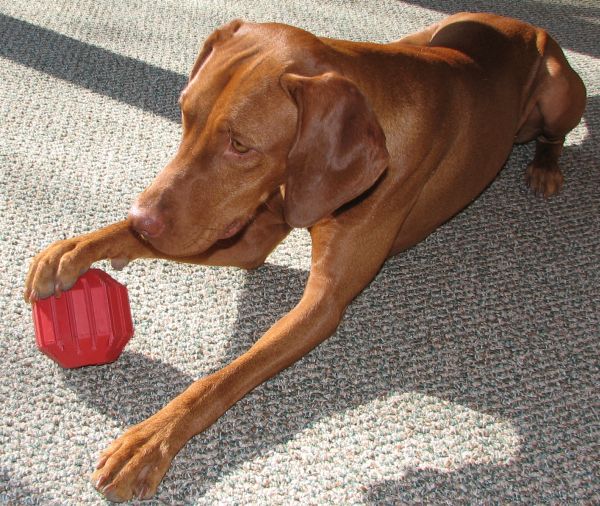
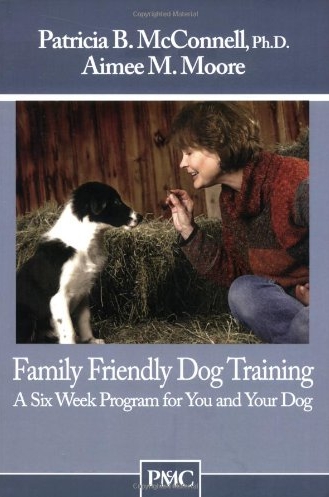
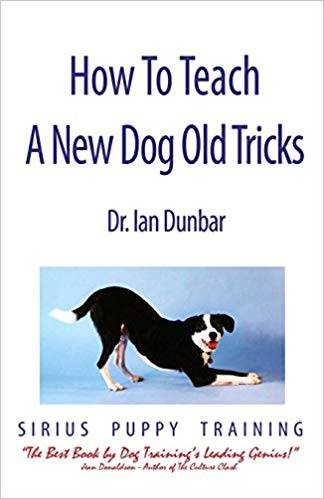
Leave A Comment